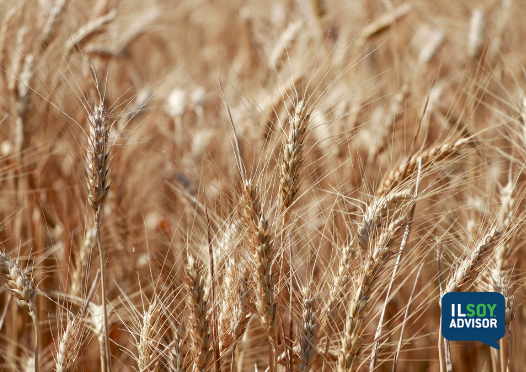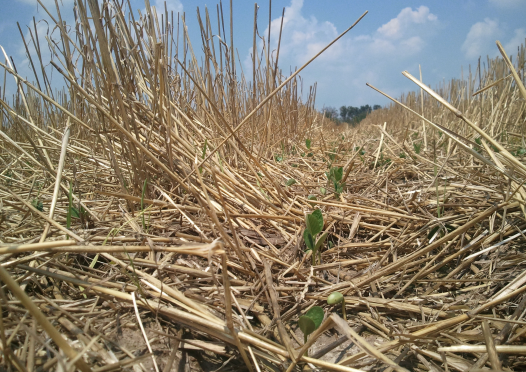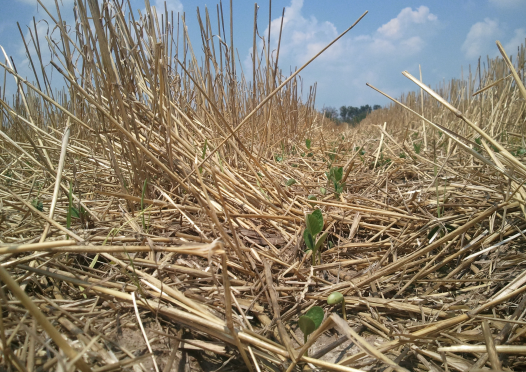ILSOYADVISOR POST
How did the 2017 double-crop soybeans fare?
Double-crop soybeans set some new yield records in 2016, with yields comparable to full-season soybeans. Yields in 2017 are closer to normal, but better than expected.
The challenge with any late-planted crop is basically the same as with any early planted crop—weather. However, we tend to believe that crops planted earlier can escape the effects of hot and dry weather because they produce flowers and seed before the harsh summer weather reaches its peak. While this is not always true there is truth buried in this premise. That being said, it’s not what date you plant a crop, but what happens every day afterward that influences yield.
With a very good winter and spring for winter wheat development we saw some of the best wheat yields in recent years, along with one of the earliest June harvests in some time. It was not uncommon to hear of wheat yields far north of 100 bushels per acre.
At the same time, double-crop soybeans were planted earlier than normal into what most thought were ideal conditions. The soil was mellow and had plenty of moisture. Prospects for high yields with early planting were on everyone’s mind.
Then July came.
In many areas the last good rains of the 2017 growing season occurred in early July. With a lack of moisture came something uncommon to Southern Illinois—low humidity. Fields began to dry out quickly. The hot sun hurt the young soybean plants with small root volume that could not reach moisture deeper in the soil. It was not uncommon to see knee-high soybeans in wheat stubble turning white and wilting in mid to late July. It was evident that the prospects for high-yielding double-crops in these areas were not good.
But, just like our corn and full-season beans, double-crop yields have been surprising. In those drought-affected areas, many report fields making 25 to 35 bu/A. In areas that got one rain in July or a rain in August, reports of 30- to 40-bushel double-crops are common—proving once again that rain makes grain. Those fields that received rain in July and August report 40+ bushel double-crops, all the way up to 50+ bushels in isolated areas.
We work hard to develop a systems approach to double-crop soybeans to eliminate most of the variables or hurdles to high yields. But those systems always can be trumped by weather. “Rain makes Grain” will be the mantra of 2017 when it comes to our double-crop yields, making all the other factors we work on to make good yield a distance second. Don’t let one year of abnormal Southern Illinois weather change your systems approach to double-crop soybeans.





Comments
Add new comment